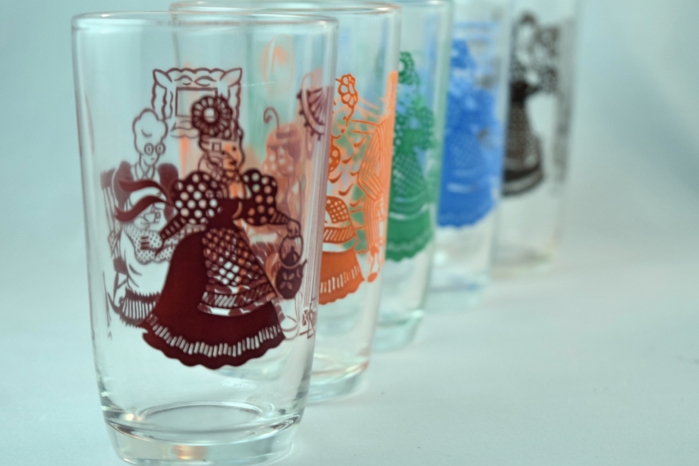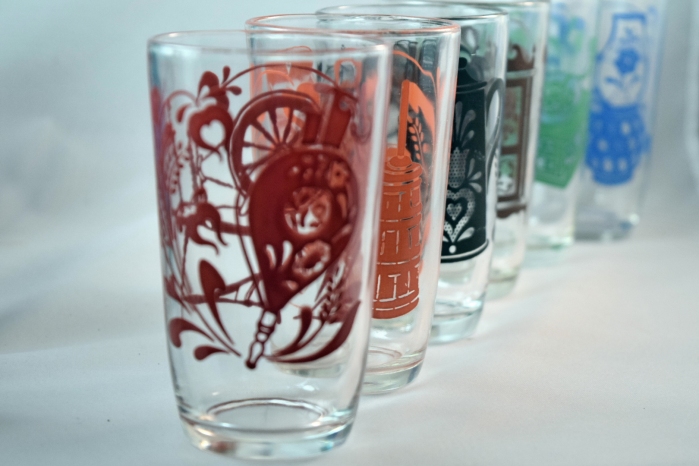History
Food and beverage companies began offering products in re-usable, glass packaging during the first part of the 20th century. The packages were typically made from either clear glass or solid, colored glass. At the end of WWII glass companies, along with multiple food item processing companies, were transitioning back to pre-war item production and eager for new ideas to increase profits.
Screen printing was still rather new but on an upward trend so it was natural for food companies to call upon glass houses for colored, patterned glassware for packaging.
Swankyswig Inspiration
Hazel Atlas Glass Company was the leader among glass houses in patterned glass production. Production of Swankyswigs for Kraft began in the 1920s and by the end of the 1940s, was in its’ heydey. So, the expansion to manufacturing glass packaging for other, popular dairy companies was an easy transition.
Product packaging features bold, colorful eye catching designs and patterns. The goal was to entice consumers to purchase particular products by offering re-usable packaging that was pleasing enough for every day household use.Well known dairy companies like Penn Maid and Breakstone’s followed the trend started by Kraft and started selling sour cream and cottage cheese (Seal test) in premium, re-usable glasses/tumblers.
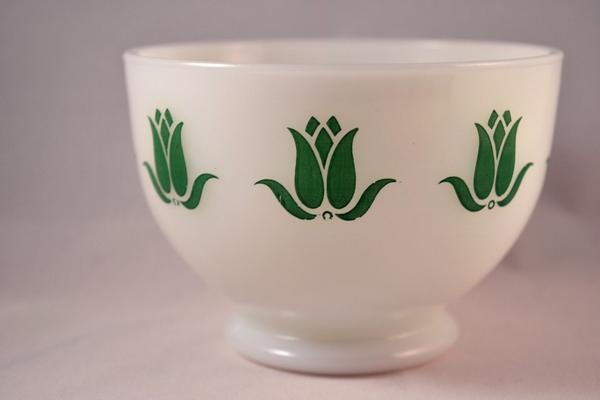 Fire-King-Cottage Cheese Bowl-SealTest-Green Tulip
Fire-King-Cottage Cheese Bowl-SealTest-Green Tulip
Cottage Cheese Glasses
Cottage cheese manufacturers used 16-18 ounce Hazel Atlas tumblers with red, plastic lids or tin lids <not frequently found>. According to The Hazel Atlas Glass Identification and Value Guide by Gene & Cathy Florence, cottage cheese containers are found in the following patterns:
- Mexican Scene
- Small Pagoda
- Large Pagoda
- Pennsylvania Dutch
- Antique Coal Bucket
- Kitchen Aids
Sour Cream Glasses
Sour cream was packaged in a large assortment of patterned 1/2 pint or 1 pint glass containers. Barbara E. Mauzy, author of a popular collectors guide, Sour Cream Glasses, states in her book that:
“…sour cream in usable glasses was so successful it continued until 1991 long after most food items were only available in plastics.”
Modern Day Collectibles
Modern day collectors of vintage glassware tumblers are often drawn to sour cream glasses because of the various patterns and assortment of differing colors within each pattern set. Who doesn’t desire completing a full set of anything? Sour cream glasses are available in numerous patterns and I recommend purchasing Barbara E. Mauzy’s book Sour Cream Glasses for more information. The following patterns are available to browse or purchase at RetroReclaimations.com. Simply click on the pattern name to browse or shop. The patterns listed below are NOT an exhaustive list of what is available elsewhere. Hazel Atlas manufactured such a wide variety, over so many decades, that you will find it far easier to browse the aforementioned book.
- Stylized Rose (1950s)
- Ivy (1950s)
- Wheat (1940s)
- Love Daisies (1960s-70s)
- Pinwheels (1960s-70s)
- Daisies (1970s)
- Lace (1960s)
- Triple Diamond (1950s)
- Polka Dots w/Bands (1960s-70s)
- Regional Theme: Philadelphia (1976)
- Transportation: Stagecoach (1970s)

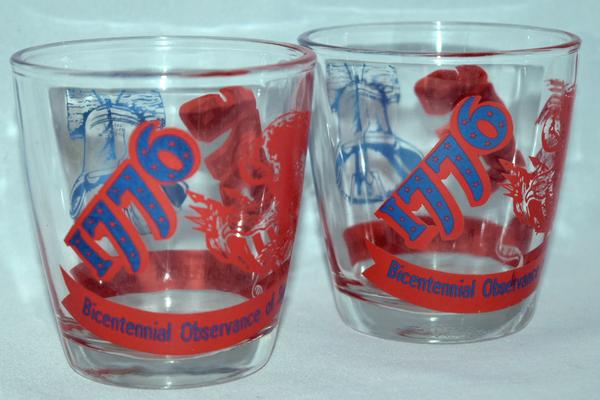
Prior to 2010, sour cream glasses were readily available at thrifts, fleas, etc. for $.99. In 2011, Martha Stewart published an article on sour cream glasses in her magazine which caused prices to skyrocket. The average price has since dropped. Unfortunately, average cost is still higher than $.99. Depending on color/pattern/size the price for 1/2 pint sour cream glasses runs $4- $10 with 1 pint glasses ranging $7- $15.
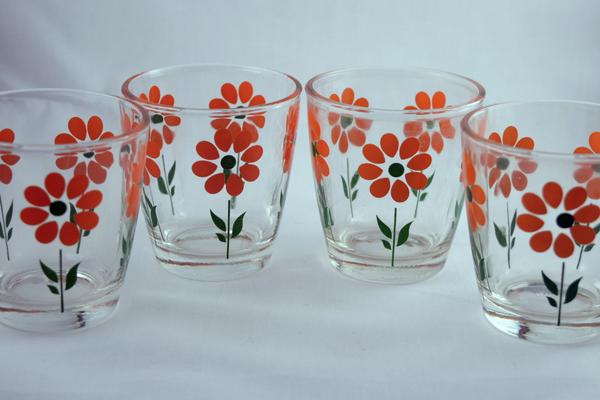
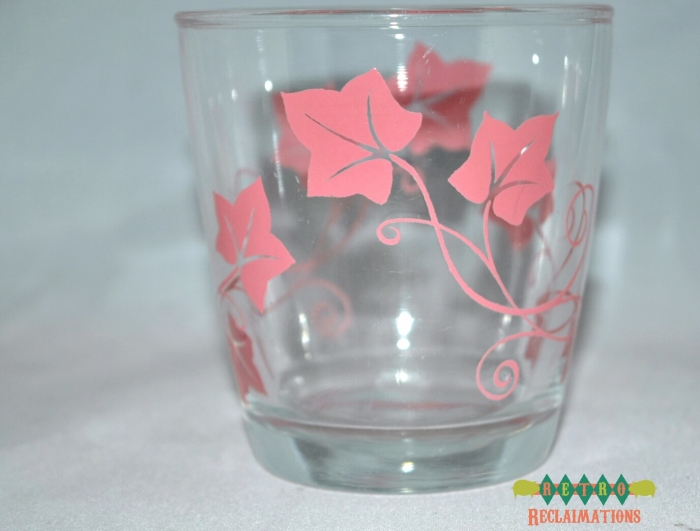
“Decorated tumblers” are just as popular as they were 50 years ago. The next time you visit the home of a person belonging to the greatest generation I challenge you to peek in their cupboards. You are certain to come across at least one sour cream or cottage cheese tumbler.


